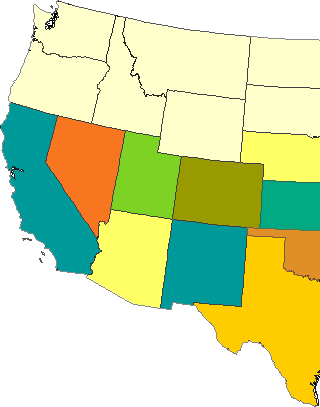Zebra and Quagga Mussel Distribution in U.S. Lakes


635 Lakes Total
in Addition to the Five Great Lakes
Click on the state to see the list
of lakes by county. Click here to view the entire list.
|
Zebra mussel Google Map Version on NAS Quagga mussel Google Map Version on NAS Zebra mussels were first detected in 1988 in Lake St. Clair, located between Lake Huron and Lake Erie. Within just a few years, they spread into all five of the Great Lakes. Since then, zebra mussels have spread into many large navigable rivers in the eastern United States as well as small lakes within the states surrounding the Great Lakes. Hitchhiking on the bottoms of commercial barges is most likely how they were spread up and down the large rivers. Because of their ability to adhere to objects, adult zebra mussels can easily be transported on the hull of a boat. It is generally assumed that recreational activities such as boating and fishing may be unknowingly responsible for the transport of zebra mussels from lake to lake. Transporting young zebra mussels in small amounts of water is very easy and can go undetectable. Young zebra mussels in their larval form are called 'veligers' and are microscopic in size. Live wells on boats and bait buckets are two good examples of where veligers can "hide" so to speak. All these lakes have at one time had zebra mussels in either adult or veliger form. This information represents a distribution of observations and collections and does not necessarily represent the true distribution of reproducing populations. More scientific sampling would be required to make that determination. Curious about zebra mussels and want to know more? Click here for FAQs. Student Interviews
|
last update: 12/5/11


